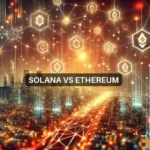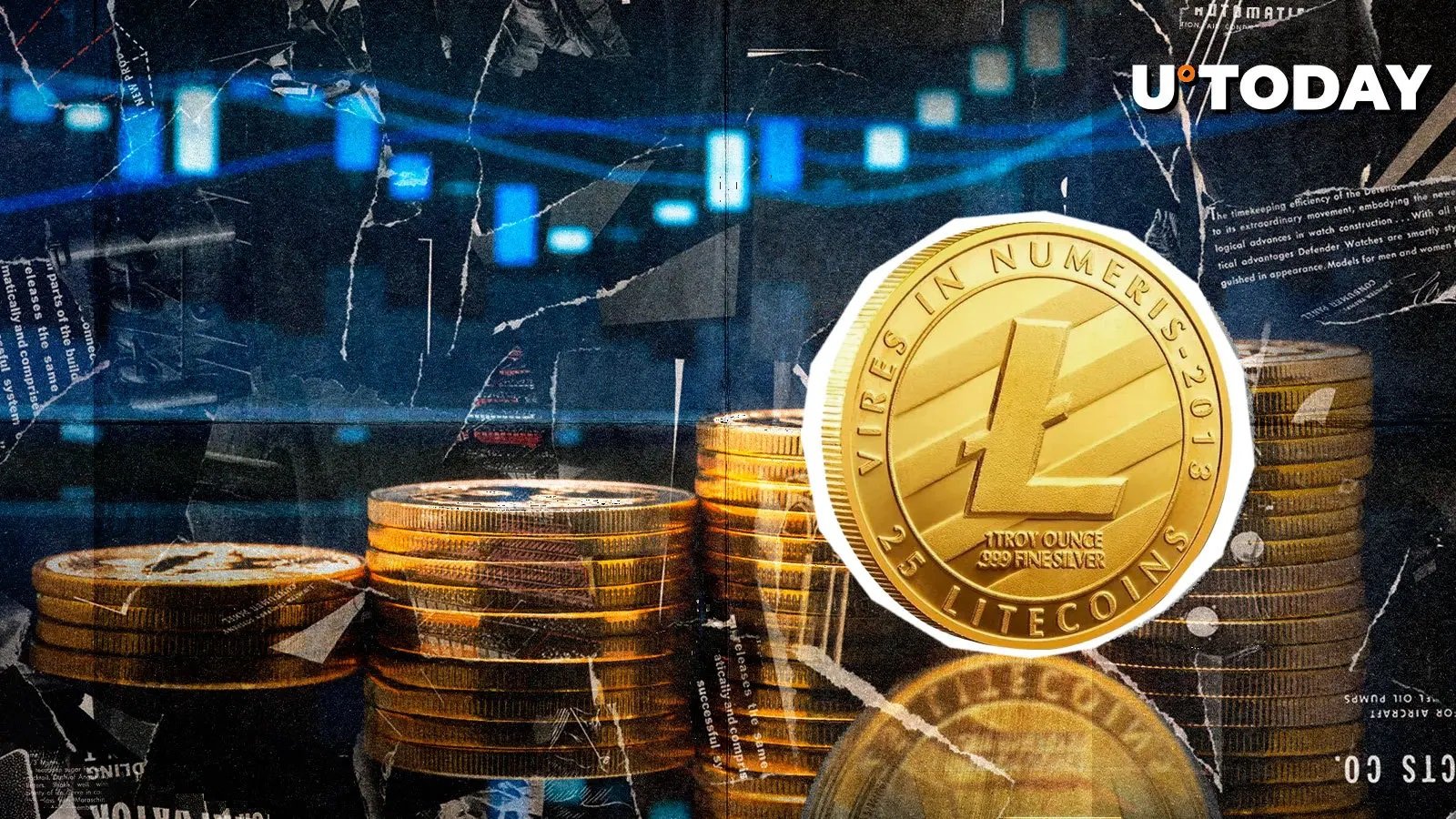
Osmosis, a decentralized exchange (DEX) built on the Cosmos SDK, is gaining traction in the crypto community. This automated market maker (AMM) aims to enhance the InterchainDeFi space, allowing users to trade assets across various blockchains designed on the Tendermint framework. Its unique approach targets the Cosmos ecosystem, with future plans to broaden its reach.
What Makes OSMO Token Essential?
The OSMO token serves as the backbone of the Osmosis platform, enabling a variety of functions such as liquidity mining and transaction fee management. It empowers token holders to participate in governance decisions, influencing the protocol’s future through voting on upgrades and allocation of rewards.
How Do Users Engage with OSMO?
Users can stake their OSMO tokens while simultaneously providing liquidity, a feature that sets it apart from many other tokens. This dual functionality encourages active participation in the platform and fosters a community-driven environment.
Osmosis was created by Osmosis Labs, initiated by Sunny Aggarwal and Josh Lee, with the development governed by a decentralized validator network. This unique structure minimizes legal liabilities and emphasizes community involvement in decision-making processes. The platform successfully raised $21 million in a token sale in 2021.
- OSMO token facilitates governance and liquidity rewards.
- Users can stake and provide liquidity simultaneously.
- The protocol operates under a community-driven model.
To acquire OSMO tokens, users can utilize Binance, the world’s leading cryptocurrency exchange by trading volume. After creating an account, users need to transfer funds and can then buy OSMO through various trading pairs such as OSMO/BTC or OSMO/USDT.
Disclaimer: The information contained in this article does not constitute investment advice. Investors should be aware that cryptocurrencies carry high volatility and therefore risk, and should conduct their own research.









